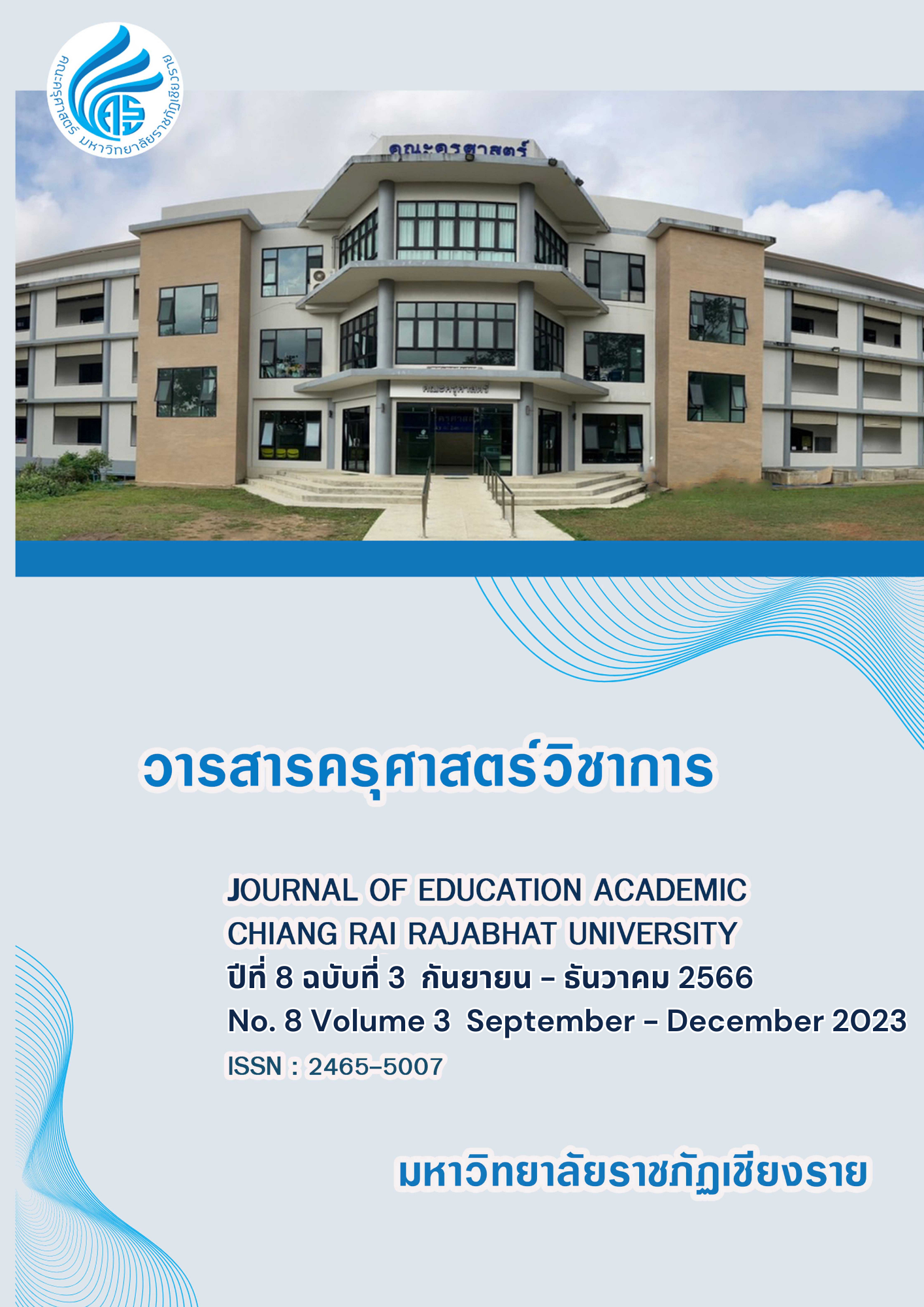Development of Tourism Authority of Thailand’s Creative Strategy Employed in Advertising Films in 2008 – 2017
Keywords:
Television Commercial, Advertising Creative Strategy, Tourism Authority of ThailandAbstract
This study aims 1) to investigate the development of advertising creative strategies, format and content presentation of Tourism Authority of Thailand 2) to compare the content of television commercial between domestic tourists and foreign tourists. The sample of this study are 36 television commercials promoted by the Tourism Authority of Thailand (TAT) during 2008-2017
The finding of the study revealed that TAT places the main personality traits of the Thai tourism industry’s brand to be Sincerity mixed with Excitement as a whole for target groups in both the Thai and international markets. Use Competence personality to help in the domestic market campaign by presenting through the image of a competent, trustworthy and complex personality. Sophistication found in some campaigns for foreign markets. Focusing on communication objectives to reach the level of perception, emotional and attitude, and behavioral changes towards travel in Thailand. The selling ideas which were used significantly are Unique Selling Proposition (USP) and brand image.
The advertising appeals used to communicate with the target groups in both markets has an important common point, which is the story of happiness (Happiness & Joy) and excitement (Excites). For the Thai market, using famous people (Star appeal) were found that good for motivating the target audiences. Coupled with stimulating public awareness (Social Moral & Environment), while the international market was focused on feature (Feature) coupled with quality (Quality)
The most common executions found in communicating in domestic market were lifestyle, followed by presenter and straight sell/Factual message). Overseas, the use of lifestyle has the same frequency as the domestic market while demonstration and storytelling technique is second to last.
The television commercial production techniques conveyed through television commercial of TAT is a wide variety of filming techniques and stories appearing to show the richness of both natural resources and long-established culture. A frequent sight of both audiences is a picture of the beautiful sea which is considered the main destination for both Thai and foreign tourists storytelling strategies vary according to social context and world tourism trends.
References
กระทรวงการท่องเที่ยวและกีฬา. (2563). สถิตินักท่องเที่ยว. สืบค้นข้อมูลเมื่อ 7 มกราคม 2563. เข้าถึงได้จาก https://www.mots.go.th/more_news_new.php?cid=411
การท่องเที่ยวแห่งประเทศไทย. ชง ยิ่งลักษณ์เป็นพรีเซ็นเตอร์กระตุ้นท่องเที่ยว. (2555). สืบค้นข้อมูลเมื่อ 24 สิงหาคม 2564. เข้าถึงได้จาก https://travel.kapook.com/view38696.html
กาญจนา แก้วเทพ. (2557). การสื่อสาร-การท่องเที่ยว. กรุงเทพฯ: ภาพพิมพ์.
กัลยากร วรกุลลัฎฐานีย์ และพรทิพย์ สัมปัตตะวนิช. (2551). การโฆษณาเบื้องต้น. กรุงเทพฯ: สำนักพิมพ์มหาวิทยาลัยธรรมศาสตร์.
คดีเกาะเต่า: 4 ประเด็นน่าสนใจคดีอาชญากรรมนักท่องเที่ยวต่างชาติ. (2561). สืบค้นเมื่อ 24 สิงหาคม 2564. เข้าถึงได้จาก https://www.bbc.com/thai/thailand-45327318?fbclid=IwAR1LNHDDeVygfTXpJHiDhmTCcN 80xbnl2jy0r4kUWaILUT 8r6vQpqeaOAD8
ทิพวรรณ วิระสิงห์. (2532). การใช้ภาษาในการโฆษณา. กรุงเทพฯ: ชวนพิมพ์.
บุปผา ลาภะวัฒนาพันธ์. (2544). กลยุทธ์การสื่อสารเพื่อส่งเสริมการท่องเที่ยวของการท่องเที่ยวแห่งประเทศไทยภายหลังเกิดวินาศกรรมในสหรัฐอเมริกา 11 กันยายน พ.ศ. 2544. วิทยานิพนธ์ปริญญามหาบัณฑิต ภาควิชาสื่อสารมวลชน คณะนิเทศศาสตร์ จุฬาลงกรณ์มหาวิทยาลัย.
พรทิพย์ สัมปัตตะวนิช. (2546). แรงจูงใจกับการโฆษณา. กรุงเทพฯ: สำนักพิมพ์มหาวิทยาลัยธรรมศาสตร์.
มหาวิทยาลัยสุโขทัยธรรมาธิราช. (2548ก). เอกสารการสอนชุดวิชา การสร้างสรรค์และการผลิตภาพยนตร์เบื้องต้น. กรุงเทพฯ: มหาวิทยาลัยสุโขทัยธรรมาธิราช.
มหาวิทยาลัยสุโขทัยธรรมาธิราช. (2548ข). เอกสารการสอนชุดวิชา ทฤษฎีและการวิจารณ์ภาพยนตร์เบื้องต้น. กรุงเทพฯ: มหาวิทยาลัยสุโขทัยธรรมาธิราช.
เลิศพร ภาระสกุล. (2559). พฤติกรรมนักท่องเที่ยว. กรุงเทพมหานคร: สำนักพิมพ์แห่งจุฬาลงกรณ์มหาวิทยาลัย.
สำนักงานสถิติแห่งชาติ. (2561). สถิตินักท่องเที่ยวชาวต่างชาติที่เข้ามาประเทศไทย. สืบค้นเมื่อ 1 ตุลาคม 2561. เข้าถึงได้จาก https://ittdashboard.nso.go.th/preview.php?id_project=85
สำนักงานสภาพัฒนาการเศรษฐกิจและสังคมแห่งชาติ. (2563). แผนพัฒนาเศรษฐกิจและสังคมแห่งชาติ. สืบค้นเมื่อ 19 กุมภาพันธ์ 2563. เข้าถึงได้จาก https://www.nesdc.go.th/main.php?filename=develop_issue
องอาจ ปทะวานิช. (2555). การโฆษณา. กรุงเทพฯ: สำนักพิมพ์แสงดาว.
Aaker, J. L. (1997). Dimensions of brand personality. Journal of Marketing Research, 34(3), 347-356.
Fletcher, J., Fyall, A., Gilbert, D. & Wanhill, S. (2013). Tourism principles and practices (5th ed). Harlow, England: Pearson.
Belch, G. E. & Belch, M.A.. (2009). Advertising and promotion: an integrated marketing communications perspective. New York: McGraw-Hill/Irwin.
Downloads
Published
Issue
Section
License
Copyright (c) 2024 Journal of Education Academic Chiang Rai Rajabhat University

This work is licensed under a Creative Commons Attribution-NonCommercial-NoDerivatives 4.0 International License.






